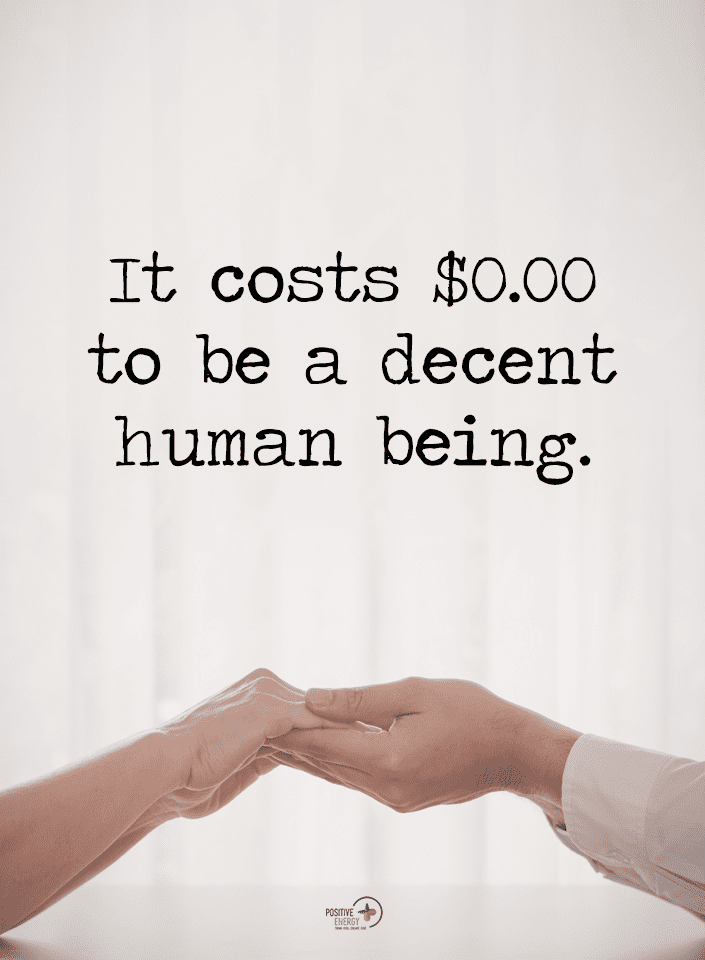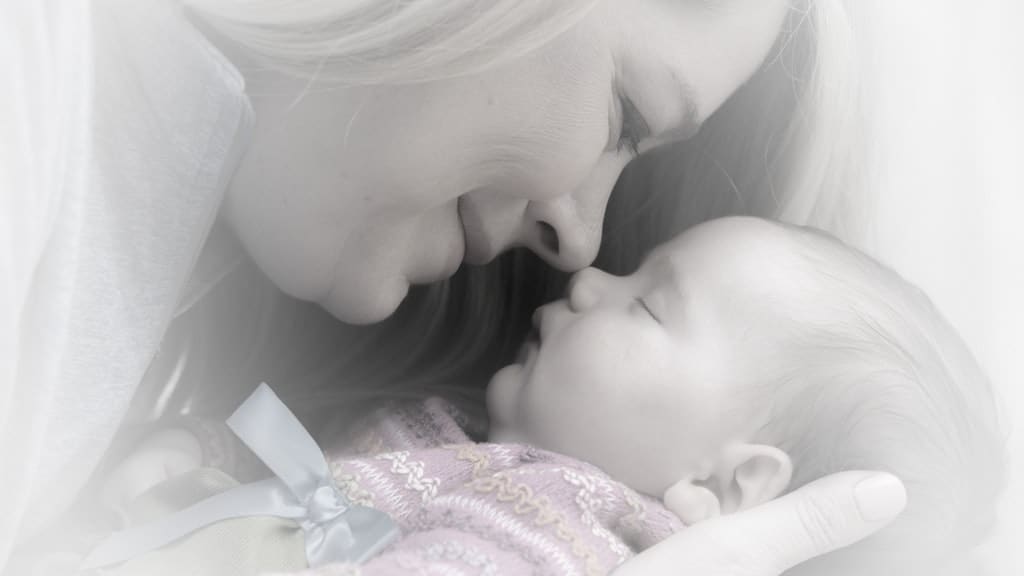There’s nothing like the warmth and security of a loved one enveloping you in their arms. The simple act of giving and receiving genuine hugs can completely change your mood by impacting your brain. You feel loved, cared about, safe, and unique. I’m not sure there is a single action that can replicate the feeling of giving and getting a hug.
It’s a good thing that giving is the same as receiving when it comes to hugs, right? Now, science says you can be smarter for it. Your brain would develop better if you were about two feet long and weighed roughly ten pounds. Researchers reveal kids who get more hugs have more developed brains.
Babies and their brain development through touch
When we think about learning, we consider reading, studying, using our hands, calculations, and other processes. We started, as babies, we began exploring by touching things. Of our five senses, touch is the first to develop. From this, a newborn baby must navigate their new world.
According to an article from Stanford’s Medicine, Dr. Susan Crowe, an obstetrician and director at Lucile Packard Children’s Hospital, outlines the nine instinctual stages right after birth.

“Birth cry, relaxation, awakening, activity, resting, ‘crawling’ (a shifting movement toward the breast), familiarization, suckling, and sleep.”
As soon as it is physically safe for both mother and baby, it’s time for skin-to-skin contact. That helps to guide the baby toward breastfeeding.
Just holding the baby within the first hour, regardless of breastfeeding, can help normalize the baby’s body temperature, heartbeat, and breathing pattern. For many babies, it also decreases the amount of crying. Simultaneously, the mother releases more relaxation hormones. This also becomes the bonding time for mother and baby. Should the mother’s partner also hold the baby, it begins the bonding time for them as well.
Benefits of Infant Massage
Infant massages could be integrated into this bonding experience, as well. The same article in Stanford’s Medicine notes a wide array of benefits. According to Maureen McCaffrey, a certified infant massage instructor at Packard’s Children’s Hospital, these benefits consist of:
- Better sleep patterns for the baby
- Baby appears more aware of being loved, secure, and accepted.
- Improved digestion and bowel movements
- Babies demonstrate more comfort by less fussy behavior
- Weight gain improves
- Mother and baby appear more relaxed
- Neurological function in babies is improved
Another study done at the University of Washington aimed to locate the area of the brain in which a baby registers both “felt” touch and “observed touch.” This study proves babies can discern between an actual physical touch vs. an image of a hand touching another person. The study found that by seven months old, a baby can not only understand the concept of their “self.” But they also know their body is separate from another person.
The Power of Touch for Babies
That knowledge is what established the foundation for mimicking others’ behavior as well as developing empathy. The researchers discovered through specialized imaging that touch registers in the somatosensory cortex. Depending upon if it was an actual touch, what part of the body the contact occurred in, or if it was an image, the location and strength of the signal within the somatosensory cortex in which it was registered changed.
What was also fascinating was recognizing that the baby, before it can speak or know the words for body parts, already understands that their hand or foot moves similarly to another person’s. By imitating how the other person moves, the baby can also move. It is this process that makes both imitations and later, empathy possible.
In a study of the opposing focus, researchers learned of the detriment to children who don’t receive touch. A report in Pediatrics Child Health, published in PMC, outlines the results of various studies, one of which was the result of providing touch to children who were previously deprived. The study focused primarily on limb movement as a form of sensory stimulation. They discovered that with 10 minutes a day of handling, over ten weeks, babies “spit up” less.
The babies with twenty minutes of daily tactile stimulation over ten weeks increased in their developmental scores. In the case of premature babies, stroking their limbs and mild limb movement demonstrated weight gain, longer alertness, more mobility, better adaptation to repeated stimuli, and awareness of their bodies. After a year, they scored high on weight and growth, and motor skills and had reduced mild neurological dysfunctional symptoms.
Oxytocin and Hugs
Oxytocin is a hormone and neurotransmitter produced in our hypothalamus and released from our pituitary gland. Its levels increase during breastfeeding, orgasm, and hugs.
In regards to the effect on babies and their development, oxytocin encourages bonding between a mother and her baby. This might explain why breastfeeding increases a woman’s hormone levels. It tends to foster feelings of trust, closeness in relationships, and maternal instinct or care. Ironically, this hormone was discovered by scientists at the Weizman Institute to be the construction crew for its own future paths of blood vessels while in an embryonic brain. Therefore, it facilitates the baby’s ability to produce oxytocin after the brain, his or her brain, fully develops.
While oxytocin has been nicknamed the “love hormone” or the “hug hormone,” it is more complicated than what was initially perceived. It was originally recognized as the hormone that, when released in our blood, aids in uterine contractions during childbirth and induces labor. Over time, it was discovered that it reacts differently when released into the brain. It then has variable effects on our cognitive, emotional, and social behavior.
More Evidence
In the journal Nature, an article was published with outlined various studies which have been performed attempting to single out the role of oxytocin on our behavior.
The study focused on the response of female mice, who had never birthed, toward crying babies. Initially, the female mice had little to no reaction toward the babies. They then injected the mice with oxytocin, and they began responding as a mother would. Interestingly enough, before the injection, their brain neurons were a bit scattered and unfocused.
After the injection, the neurons came together in focus as a maternal mindset would. Additionally, researchers noted that oxytocin appeared to decrease specific neurons. While hearing the cries, the oxytocin enhanced the cries and made them more important. The scientists theorize this may be related to why some mothers claim they can distinguish their baby’s cry from another.
Another study posted in the American Psychological Association tested women at various stages of their pregnancy – the first trimester, the third trimester, and the first month after birth. They discovered that more women with high levels of oxytocin in the first trimester bonded better with their child. The women who maintained high levels of oxytocin throughout the pregnancy and the month after developed a closer relationship with their children. They tended toward singing special songs, using more personal, specific ways to feed or bathe their baby, etc.
Understanding Oxytocin and Brain Development
The general understanding of how oxytocin affects our emotional and social behavior is a bit complex. Essentially, suppose you are with an individual or group of individuals and experience an interaction that triggers higher levels of oxytocin as a positive experience. In that case, you will view those individuals as safe, and trustworthy and develop affection toward them. Conversely, your brain will then see others who are different than those individuals as less credible, not safe, and you will be more guarded. This is one method in which you establish your “tribe” of friends and establish who your family is.
Additionally, it may play a role in your social memory. Through the release of oxytocin, your memory views a specific event more favorably than one where it didn’t release oxytocin.
What does this have to do with hugging your child and brain development? Researchers continue to study oxytocin due to its very complex nature. However, it’s important we understand that how we perceive friends, family, and strangers and interact emotionally with each other is definitely a factor in our memory and behavior. This holds true for a baby who is newly forming their understanding of the world based on how they interpret the actions of those around them.
 Final Thoughts on Hugs and Children
Final Thoughts on Hugs and Children
Science may still be struggling to find the formula for why touch is so important and how our brain assimilates it in regard to our development, but most parents seem to understand it regardless. The results of hugging a baby, a child, a teenager, or a spouse are ones most of us can recognize.
We all crave a sense of safety, trust, love, and importance. And a simple hug fosters those feelings in all of us. Plus, you can’t give a hug without getting a hug! That is wonderful all on its own!




















